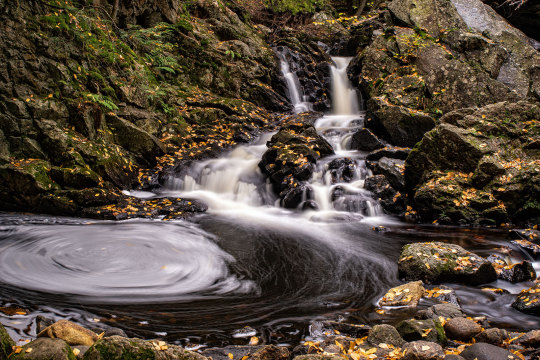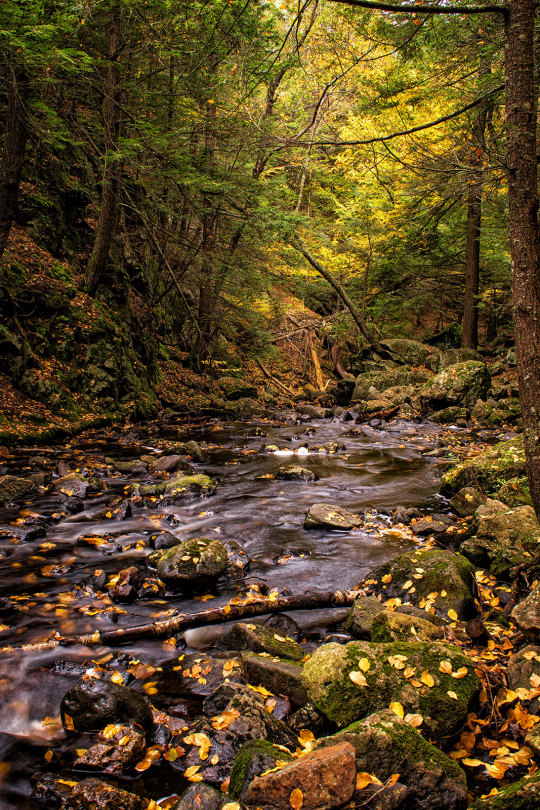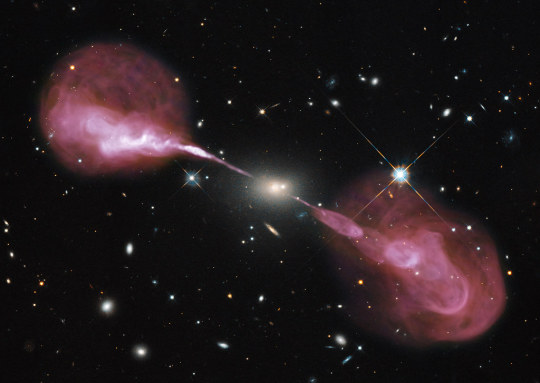Don't wanna be here? Send us removal request.
Photo

Messier 78: a reflection nebula in Orion
js
17K notes
·
View notes
Photo





Historic Bowman House Dresden, Maine Minolta MC W.Rokkor-NL 21mm f/2.8 Sony A7
140 notes
·
View notes
Photo


Bear’s Den Falls
Top Photo Minolta MD W.Rokkor 35mm f/2.8 lens Bottom Photo Minolat MD Zoom 28-85mm f/3.5-4.5 lens Sony A7
988 notes
·
View notes
Text
Ver "Newton's Fractal (which Newton knew nothing about)" en YouTube
youtube
0 notes
Photo

Simeis 147: Supernova Remnant : It’s easy to get lost…
71 notes
·
View notes
Photo

M43: Streams of Orion via NASA https://ift.tt/3le6LPB
Where do the dark streams of dust in the Orion Nebula originate? This part of the Orion Molecular Cloud Complex, M43, is the often imaged but rarely mentioned neighbor of the more famous M42. M42, seen in part to the upper right, includes many bright stars from the Trapezium star cluster. M43 is itself a star forming region that displays intricately-laced streams of dark dust – although it is really composed mostly of glowing hydrogen gas. The entire Orion field is located about 1600 light years away. Opaque to visible light, the picturesque dark dust is created in the outer atmosphere of massive cool stars and expelled by strong outer winds of protons and electrons.
(Published October 06, 2021)
57 notes
·
View notes
Photo

Solstice: Sunrises Around the Year : Does the Sun always rise in the same direction? No. As the months change, the direction toward the rising Sun changes, too. The featured image shows the direction of sunrise every month during 2019 as seen from near the city of Amman, Jordan. The camera in the image is always facing due east, with north toward the left and south toward the right. Although the Sun always rises in the east in general, it rises furthest to the south of east on the December solstice, and furthest north of east on the June solstice. Today is the December solstice, the day of least sunlight in the Northern Hemisphere and of most sunlight in the Southern Hemisphere. In many countries, the December Solstice is considered an official change in season: for example the first day of winter in the North. Solar heating and stored energy in the Earth’s surface and atmosphere are near their lowest during winter, making the winter months usually the coldest of the year. On the brighter side, in the north, daylight hours will now increase every day from until June. via NASA
2K notes
·
View notes
Photo

Portrait of NGC 1055 : Big, beautiful spiral galaxy NGC 1055 is a dominant member of a small galaxy group a mere 60 million light-years away toward the aquatically intimidating constellation Cetus. Seen edge-on, the island universe spans over 100,000 light-years, a little larger than our own Milky Way galaxy. The colorful, spiky stars decorating this cosmic portrait of NGC 1055 are in the foreground, well within the Milky Way. But the telltale pinkish star forming regions are scattered through winding dust lanes along the distant galaxy’s thin disk. With a smattering of even more distant background galaxies, the deep image also reveals a boxy halo that extends far above and below the central bluge and disk of NGC 1055. The halo itself is laced with faint, narrow structures, and could represent the mixed and spread out debris from a satellite galaxy disrupted by the larger spiral some 10 billion years ago. via NASA
721 notes
·
View notes
Video
youtube
The Green Bathroom Design by Mohsen Arabali
16 notes
·
View notes
Photo









“Jupiter” Mobile Wallpapers by Kevin M. Gill
2K notes
·
View notes
Photo

Hubble Captures the Ghost of Cassiopeia by NASA Goddard Photo and Video
1K notes
·
View notes
Photo

Hubble Peers into a Dusty Stellar Nursery by NASA Hubble
624 notes
·
View notes




